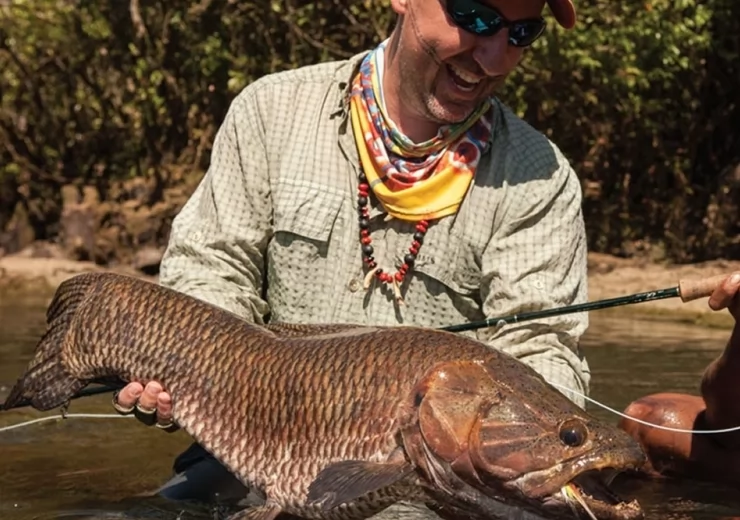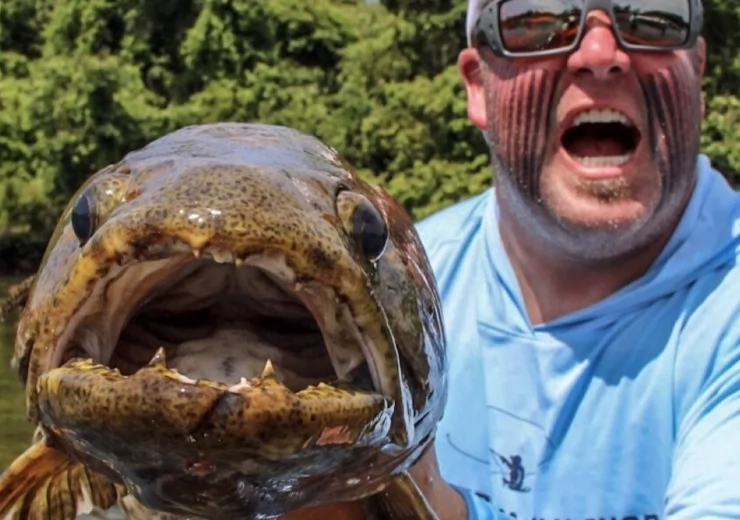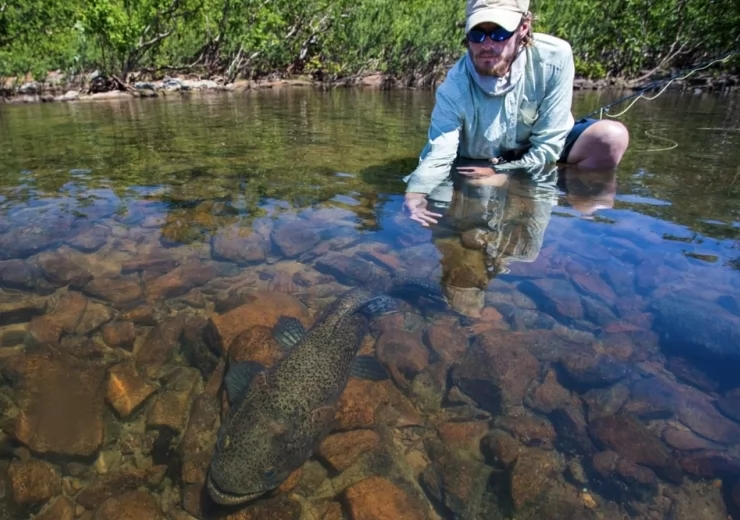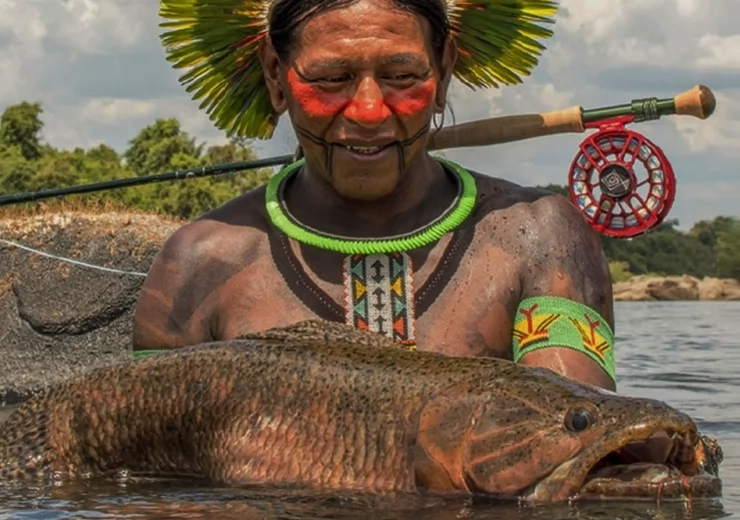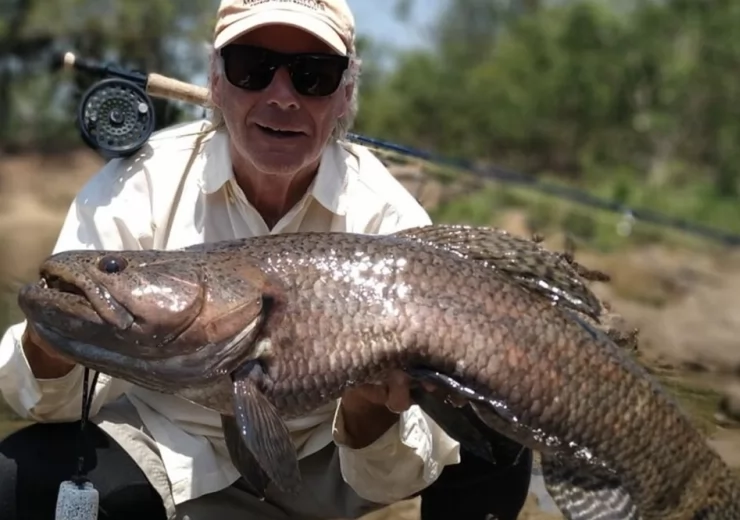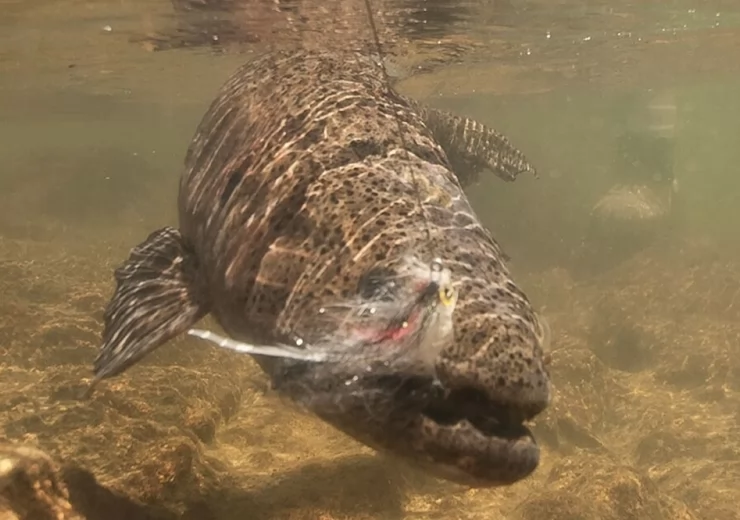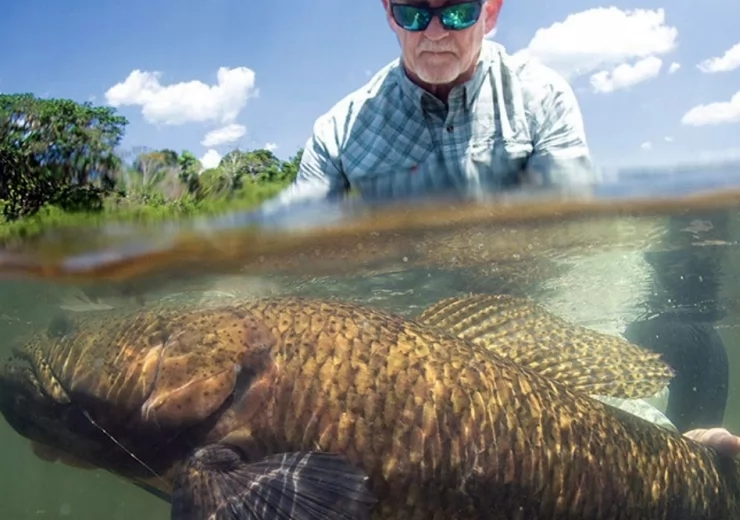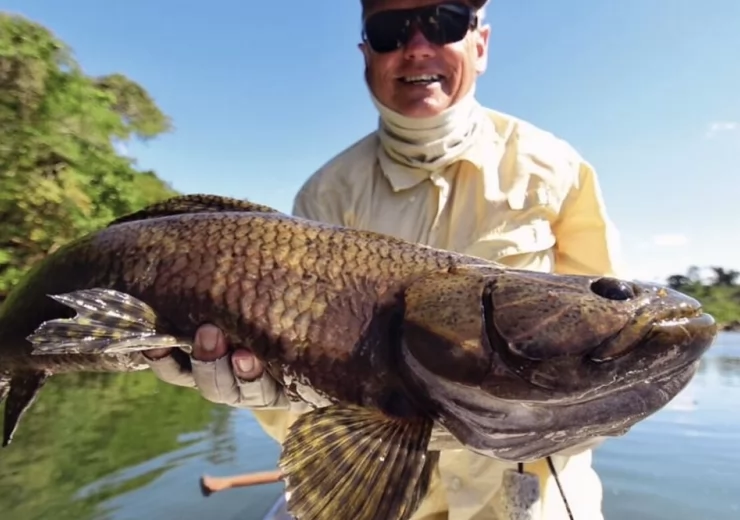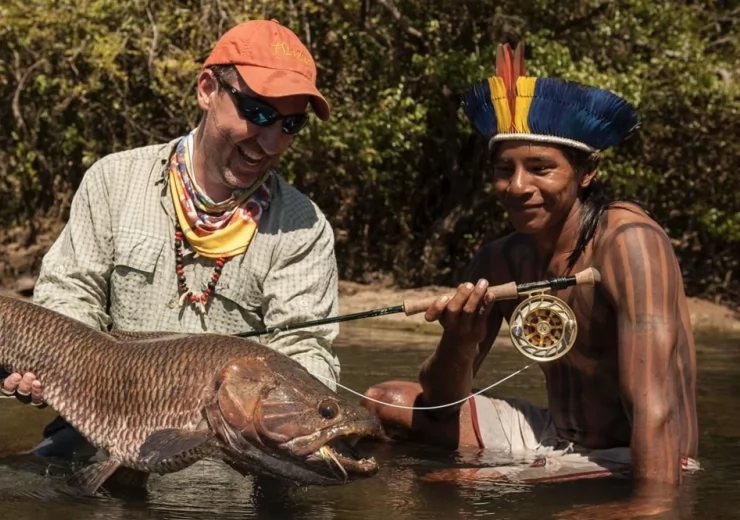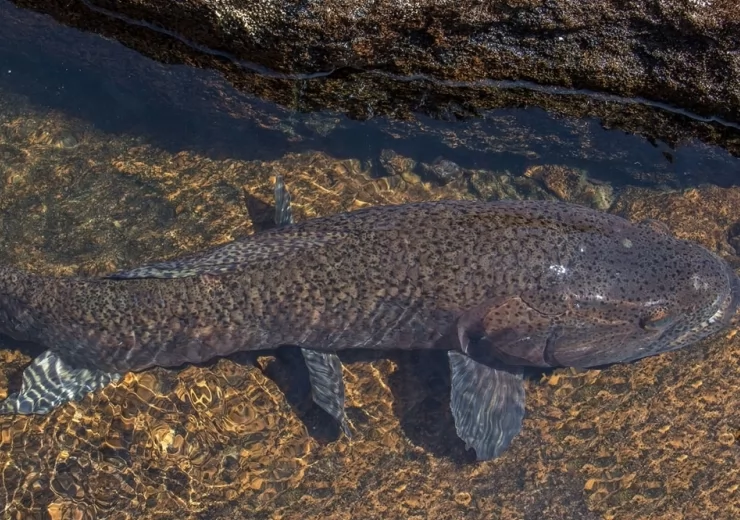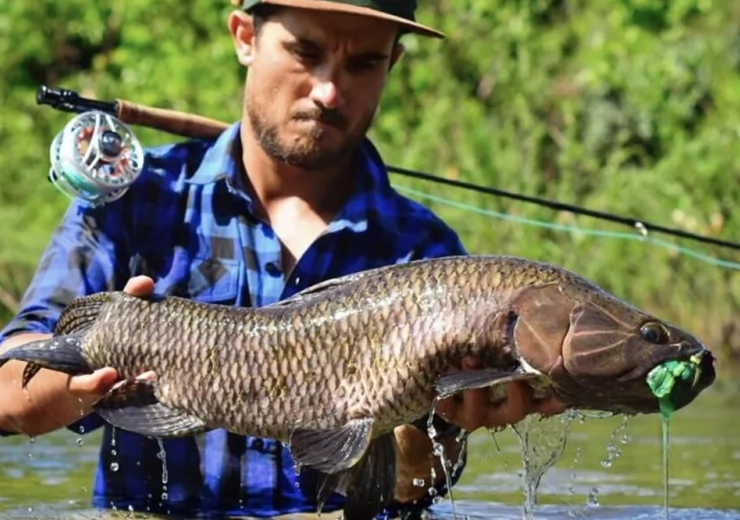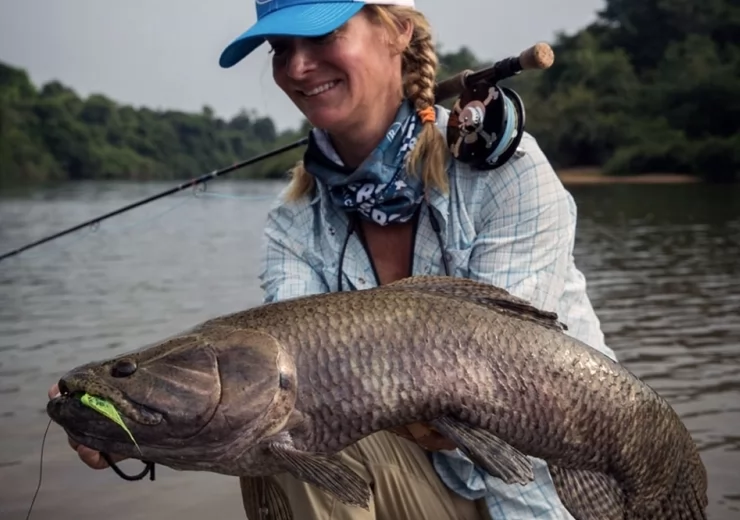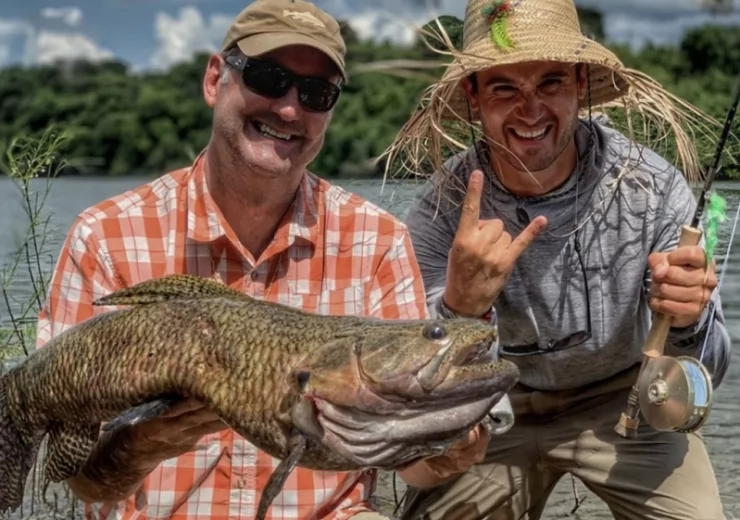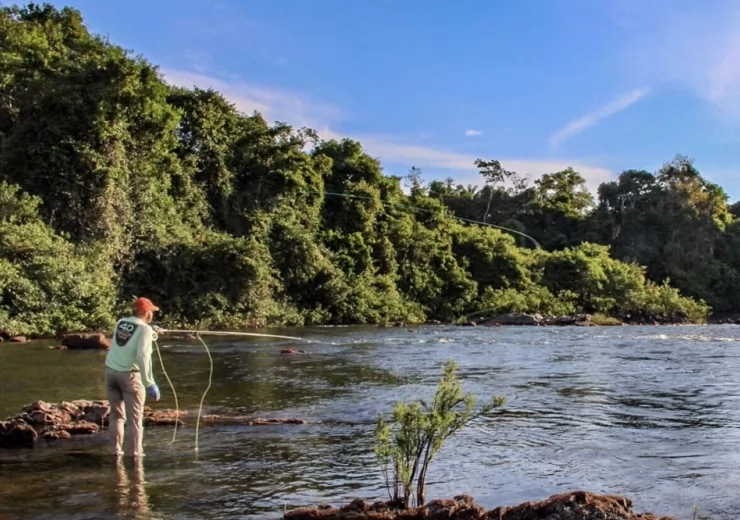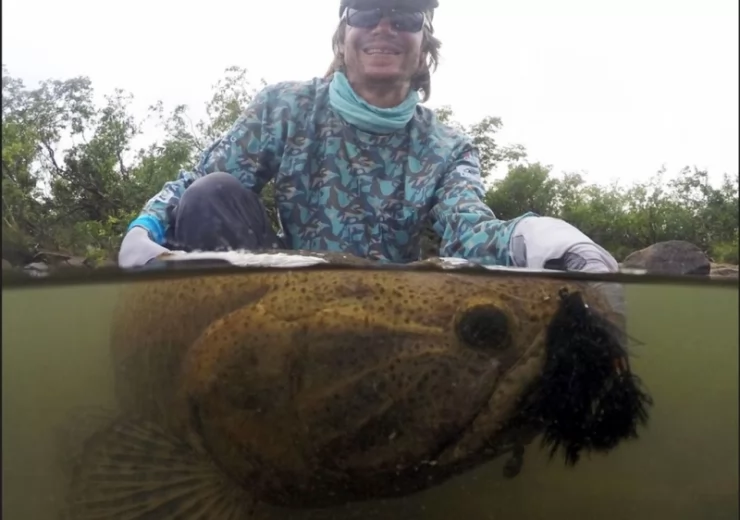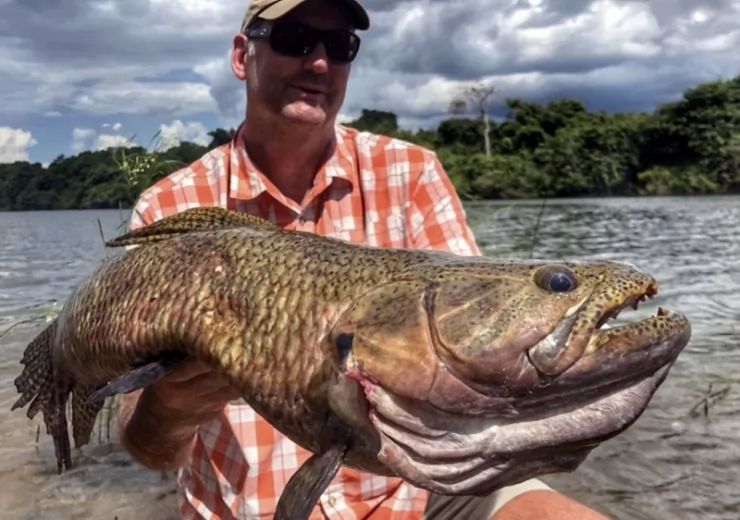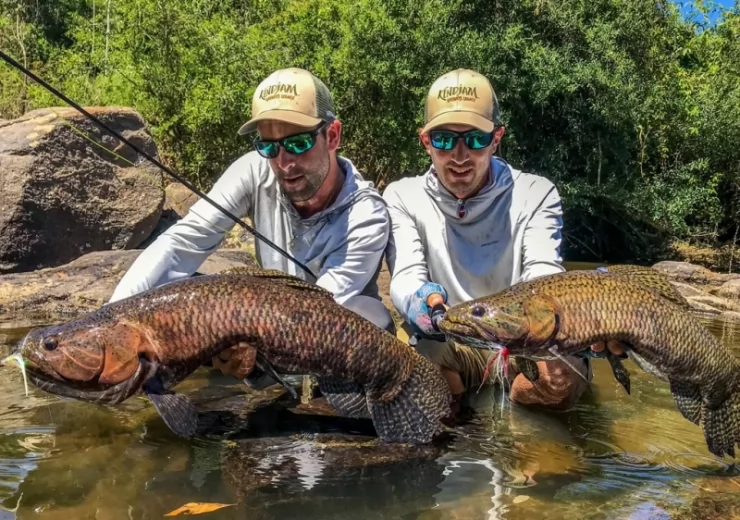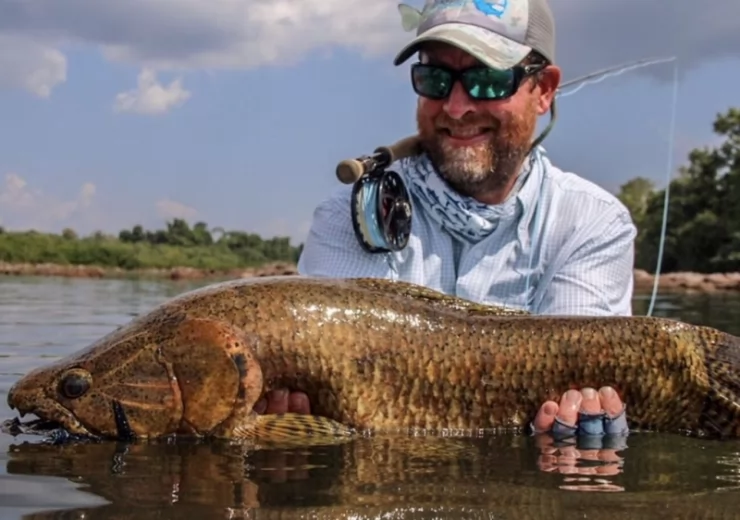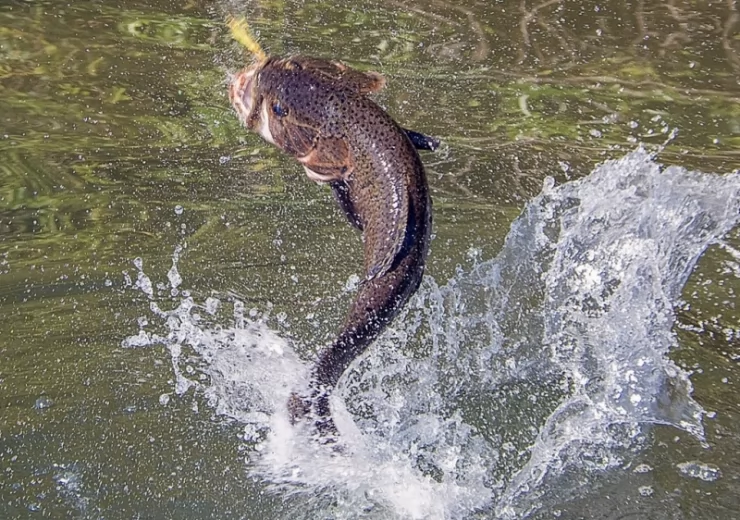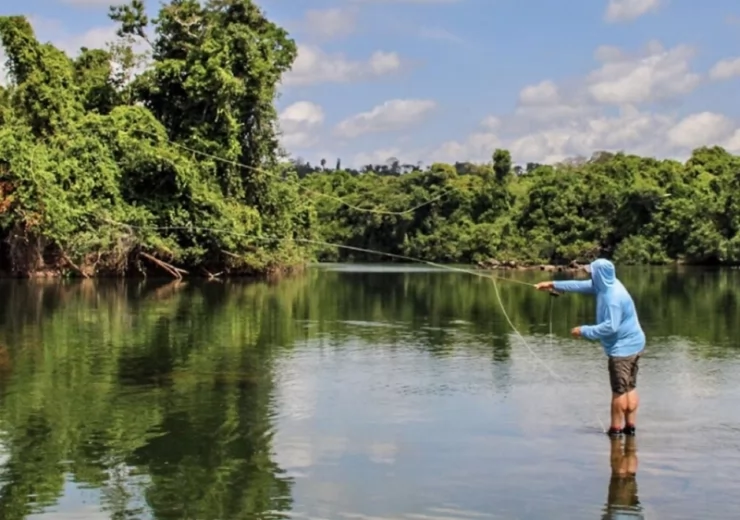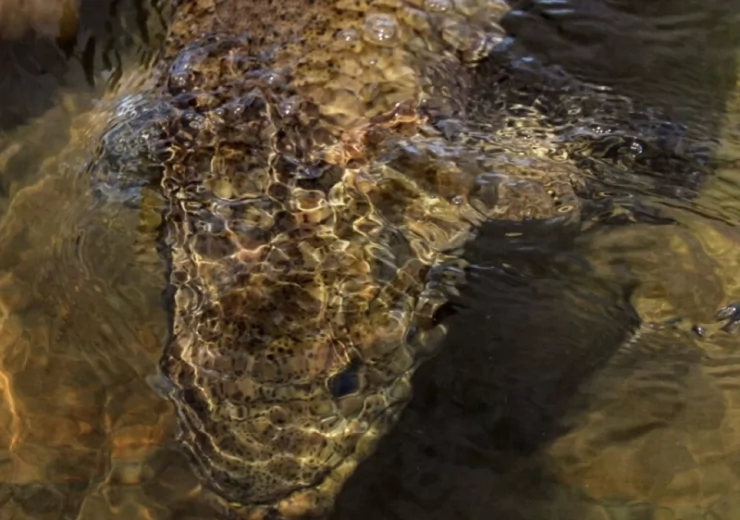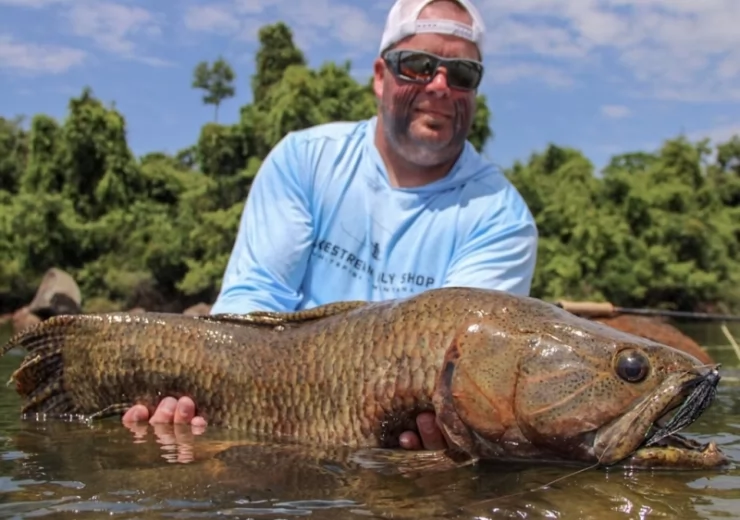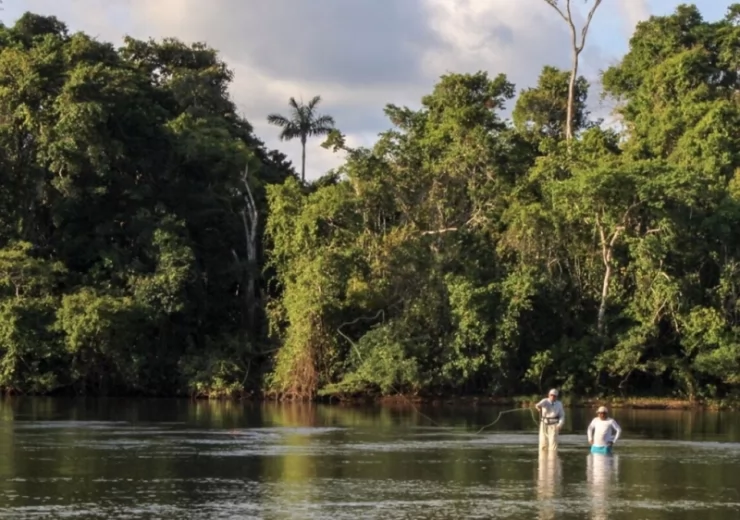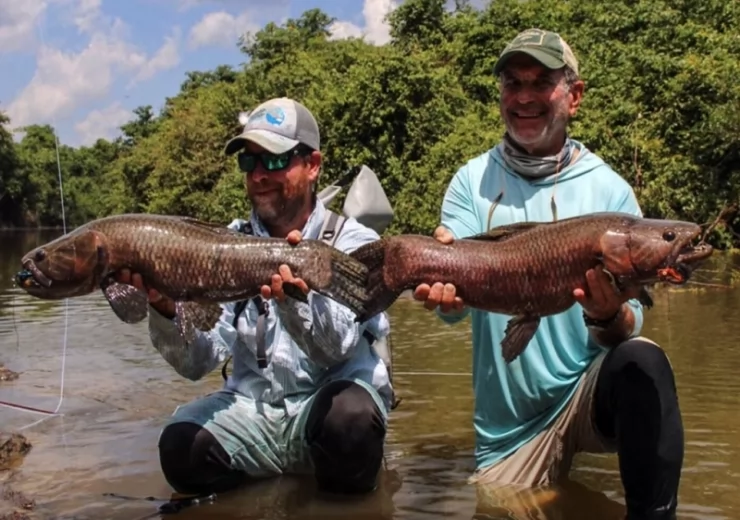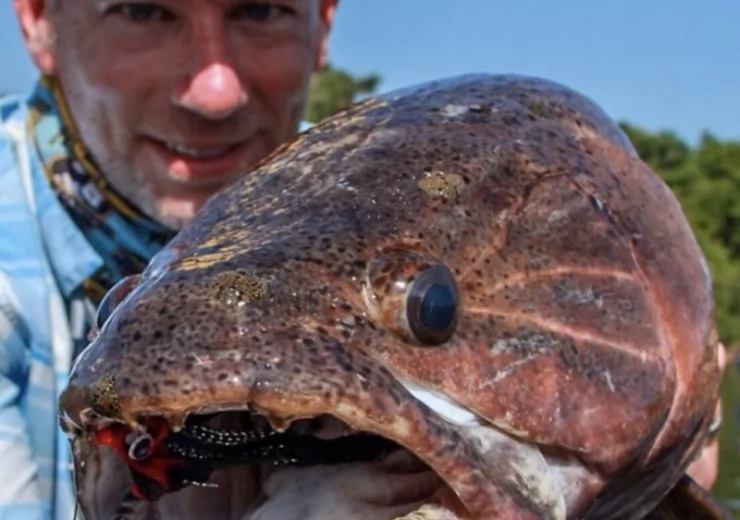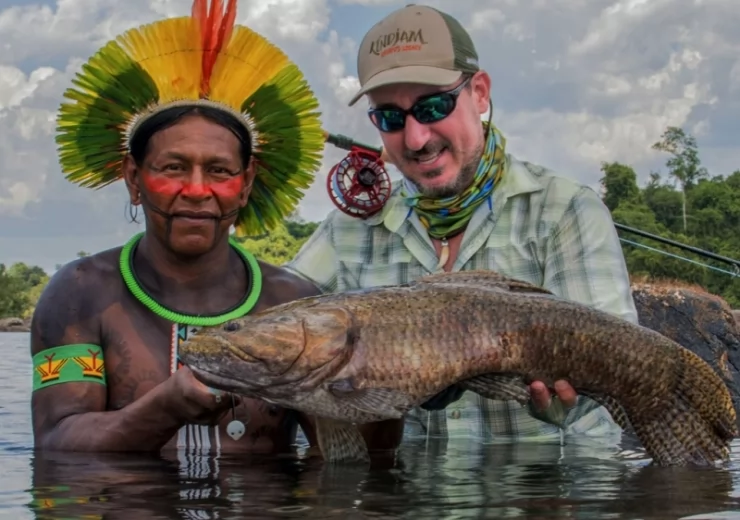Overview
HABITAT
Across most of northern South America, Brazil, Colombia, Venezuela, Guyana, French Guiana, Suriname and the island of Trinidad. Often found in counter current zones of main rivers and creeks.
FEEDING
It is mainly an ambush predator of fish but also feeds opportunistically on other animals that fall into the water such as terrestrial invertebrates. Attacks on larger vertebrates including humans are unproven. It is active predominantly at dusk and at night. Reproduction takes place at the onset of the rainy season from December to March. Depending on the size, the female can carry around 6,000 to 60,000 eggs. It is known for the quality of its flesh and populations in many more settled parts of its range have been severely depleted due to fishing for food.
The fishing
Wolf Fish are the most aggressive of all Amazon predators and the most dangerous to handle near the boat. They have many names, like the Crocodile Perch, Alligator Fish, all nasty, big and deadly! Wolf Fish love top water lures and will smash them with such ferocity. Spinnerbaits, big Minnows, in fact just about any big lure is fair game to a Wolf Fish!
The best chance to catch a really huge Wolf Fish is by using cutbait or livebait. When using cutbait, it’s cast into a deep pool and the angler waits ….. he feels a mere nibbling, nearly like minnows pecking at the bait. Often a Wolfie will just lie there having swallowed the bait, so it’s usual practice to lift and drop slowly if in doubt. Once hooked a big Wolf Fish will launch into the air like a rocket and twist and dive and give an angler one of the best fights he will ever have.
Techniques
When fishing in rivers where these are found, try casting behind boulders and other obstructions in the current where there is slack water. Small quiet creeks that feed into the main river can also hold good numbers of these fish, which can survive in very shallow water. Smaller ones are often found in schools. When you hook one, make sure you set the hook repeatedly to drive it into their bony mouths.
Gear and equipment
Tackle
When fishing for Wolf Fish with lures a heavy action bass rod should suffice. Pair it with a baitcaster or sturdy spinning reel loaded with braided line of at least 30lbs. If fishing with bait in areas where there are large (over 15lbs or so) Wolf Fish, try using a heavier setup. Always fish with a wire leader of at least 30lbs and 7". I've had a few bite through 30lb wire.
Lures
Wolf Fish will readily strike surface lures when they are in shallow water. The Heddon Super Spook is an excellent choice but make sure you upgrade the hooks and split rings. Yo-Zuri Crystal Minnows will also draw strikes, as will Peacock Bass-style Rattle Jigs. They hit spinnerbaits well but tear them up quickly.
Baits
Wolf Fish readily take hunks of fish fished on the bottom. They are often in very shallow water and are not generally boat shy; sometimes you can drop a bait right on their head in 4ft of water. Piranha and whatever other small fish you can find should work.

